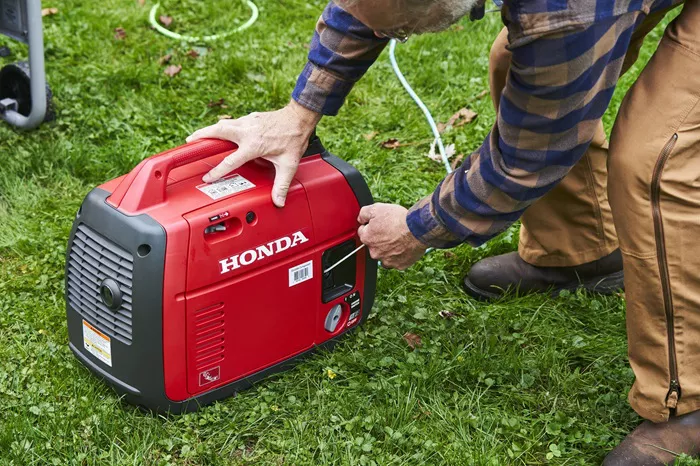Choosing the right generator to power your home air conditioner (AC) is crucial for comfort during power outages. The wrong size can lead to inefficiency, damage to your appliances, or even generator failure. In this guide, we’ll break down how to calculate the correct wattage, factors affecting power needs, and tips for selecting the best generator.
Understanding Generator Wattage Basics
Before determining the right generator size, you need to understand two key wattage terms:
Running Watts: The continuous power needed to keep your AC operating.
Starting Watts (Surge Watts): The extra power required when the AC compressor starts (usually 2-3 times higher than running watts).
Most air conditioners have a high starting wattage demand, so your generator must handle this surge.
Calculating Your Home AC’s Power Requirements
Check Your AC Unit’s Nameplate
The easiest way to find power consumption is by checking the nameplate or manual. Look for:
Voltage (V): Typically 115V for small units, 230V for central AC.
Amperage (A): The current draw when running.
RLA (Rated Load Amps): Steady-state current.
LRA (Locked Rotor Amps): Starting current (higher than RLA).
Calculate Running Watts
Use this formula
Running Watts = Voltage (V) × Amperage (A)
Example
A 230V central AC with 15A running current needs:
230V × 15A = 3,450 Watts
Account for Starting Wattage
Multiply running watts by 2-3 to estimate starting watts:
Starting Watts = Running Watts × 2 (or 3 for older units)
Example
3,450W × 2 = 6,900W surge needed
Factors Affecting Generator Size Selection
AC Efficiency (SEER Rating)
Higher SEER-rated ACs consume less power. A 16 SEER unit uses about 15% less energy than a 10 SEER model.
Soft Start Kits
Installing a soft starter reduces starting wattage by up to 70%, allowing a smaller generator.
Climate & Usage
Hotter climates force ACs to work harder, increasing power needs.
Generator Type
Inverter Generators: More efficient, quieter, and better for sensitive electronics.
Conventional Generators: Cheaper but louder and less stable for electronics.
Best Practices When Using a Generator for AC
Avoid Overloading : Never exceed the generator’s rated wattage.
Use a Transfer Switch : Prevents backfeeding, which can be dangerous.
Regular Maintenance : Keep the generator in good condition for reliable performance.
Monitor Fuel Consumption : Larger generators consume more fuel.
Conclusion
To power a home AC, you need a generator that meets both running and starting wattage demands. A small window AC may run on a 2,000W generator, while a central AC system often requires 8,000W or more. Always check your AC’s specifications, consider a soft start kit, and choose a generator with extra capacity for safety. By following these guidelines, you can ensure your home stays cool without risking damage to your generator or appliances.

